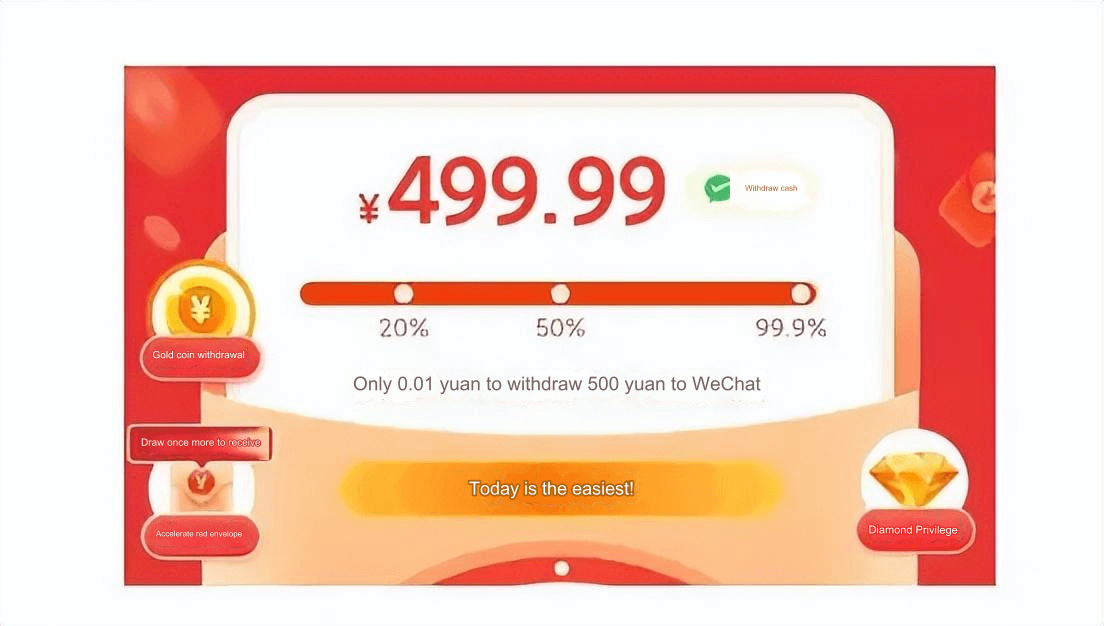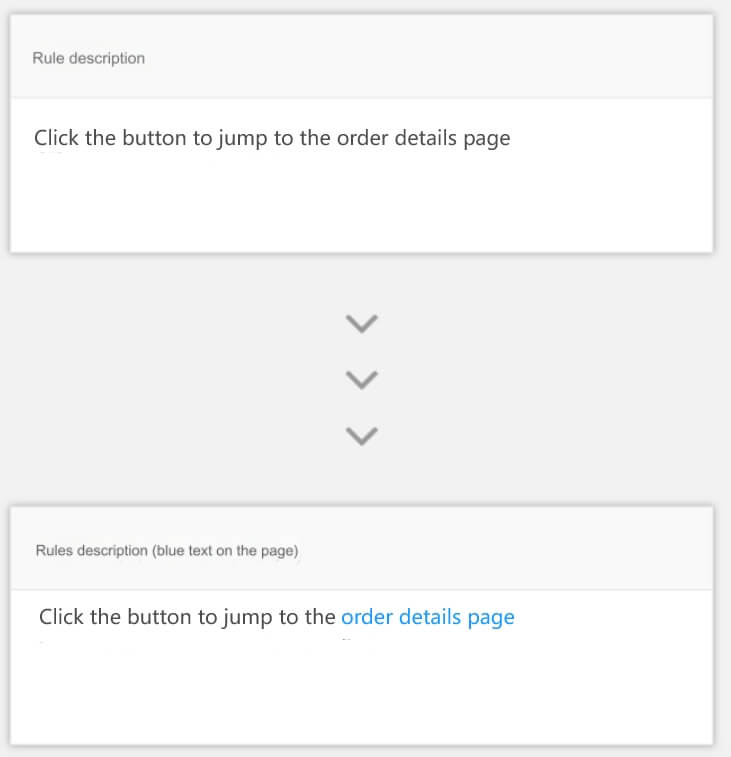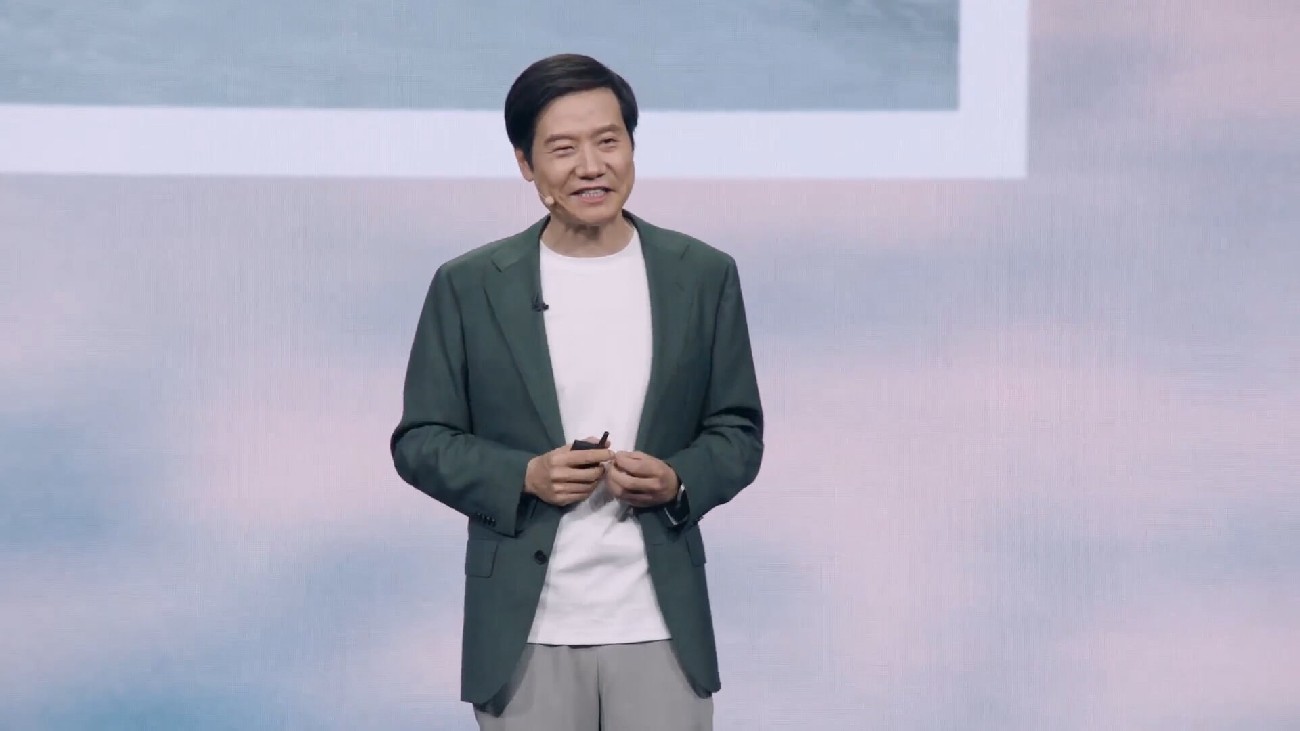Refined Growth Strategies
If growth strategies represent the "Tao" of growth, then refined growth plans are the "techniques" of growth. Mastering these techniques will lead to superior growth paths. (In simple terms!)
How to implement growth strategies depends on various refined growth plans, driven by data. In the competitive red ocean of digital product development, effective and usable growth strategies have become clearer. Since there are countless ways to approach growth, this can be summarized and classified into three dimensions: user touchpoints, marketing activities, and product experience.
1. User Touchpoints
Advertising and marketing are common tools, aiming to cast a wide net to gain more exposure and user traffic, and then convert and activate them. The effectiveness of these ads depends largely on the right touchpoints, i.e., how or where users come into contact with growth content. Reaching the target audience effectively is the first step in any growth plan.
Online Touchpoints
-
Outside the product: Phone calls, SMS, email, push notifications, ad placement, SEO optimization, API partnerships, third-party marketing accounts, cross-business collaborations, user online sharing.
-
Within the product: Banner ads, customer service, message notifications, splash screens, pop-up notifications, special entry points.
Offline Touchpoints
-
Ads in commercial districts, various station types, inside vehicles, large office building screens, banners, elevator ads, signage or electronic screens, posters/flyers, small ads on everyday items, word of mouth, and product packaging.
2. Content Marketing
This involves growth marketing campaigns centered around product content or activities. Usually, they aim to entertain users or provide them with benefits, making them happy or offering something valuable.
-
Contest-based activities: Offering rewards or exposure to motivate users to participate or share. These focus on spreading the product, building a reputation, and encouraging user interaction. For example, "#IceBucketChallenge: Join me in the Ice Bucket Challenge! @friend"

-
Referral rewards: Using an invitation mechanism with benefits to create viral growth.
-
Benefit-driven activities: Attracting users with discounts or giveaways, while being cautious of misuse by opportunists.
-
Interactive activities: Designing unique tasks or challenges that engage users, unlock achievements, and encourage sharing or inviting others for viral growth.

3. Product Marketing
This focuses on strengthening the relationship between the product and its users, paying attention to user satisfaction across different needs. By building a positive reputation or impression, users are more likely to share or invite others, contributing to growth. The purpose may extend beyond just user growth and include retention or monetization goals, for example:
-
Clubhouse became popular by using an invitation-only system, which created a sense of exclusivity, making people eager to join.
-
Keep rewards users with badges after unlocking achievements, and generates shareable content that users can post to celebrate their successes.
-
Designing a virtual farm or garden for users to cultivate, encouraging daily logins, and then allowing users to exchange virtual fruits for real-world rewards—bringing joy and a sense of achievement.
-
Content is king: Platforms like TikTok, Kuaishou, and Zhihu thrive by continuously improving and maintaining quality content to attract and retain users.
...
Dispelling Misconceptions and Obsessions About Growth Strategies
Growth strategies are often designed within a comprehensive product ecosystem or a healthy, lean model. When I first encountered the term "growth hacking," I thought it was a cheaper and more efficient method for acquiring users. However, after further research, I realized it's a complete system focused on managing the entire user lifecycle. Growth strategies encompass much more than user acquisition; they include retention, business conversion, and other long-term goals.
1. Growth Hacking Is Not a Cure-All
Take "growth hacking" as an example. Although it has a strong appeal and has been successfully adopted by several major companies, it should not be treated like a magic solution. At its core, every growth strategy is about driving product growth and revenue conversion, and they all share similar foundations. At different stages of product development or under changing market conditions, issues may arise that growth strategies alone cannot solve (e.g., regulatory restrictions). So, it’s important not to blindly rely on these strategies. Sometimes, adjustments are necessary to find better opportunities.
2. Set Phased Goals and Core Beliefs
As previously mentioned, growth strategies are made up of various targets. In different stages of a product’s lifecycle, we need to understand what the product needs—whether it's user retention or the ability to monetize. From there, we can establish phased goals and break them down into more specific targets, such as conversion rates or user engagement levels. Once these North Star metrics are defined, we can refine plans using OKRs, and design solutions driven by data and product development.
A key belief in product growth is user experience. Simply put, it's a product philosophy centered on the user. However, beyond just focusing on users, products should also exhibit a distinct attitude and maintain close connections with them—whether that means bringing joy or improving the shopping experience. This should be the vision of product development, more than just a slogan. We must constantly strive toward this goal and continuously improve.
3. Growth Requires Patience and Tolerance for Failure
As we’ve established, growth strategies span a long lifecycle. Short-term tactics, such as operational campaigns for user conversion, are frequently employed, while long-term strategies focus on product services. Whether a feature is retained or removed requires research, user feedback, and constant iteration, which takes time. Additionally, we must consider the evolving market and changing user demands. No product is perfect from the start, and all these signs point to the fact that "user growth" is a long-term battle.
Failure is inevitable in the growth design process. Faced with fierce competition and uncertainty, the data may not always meet expectations. We must face setbacks rationally, learn from them, and refocus our efforts.







